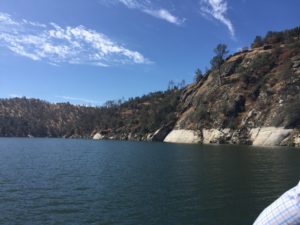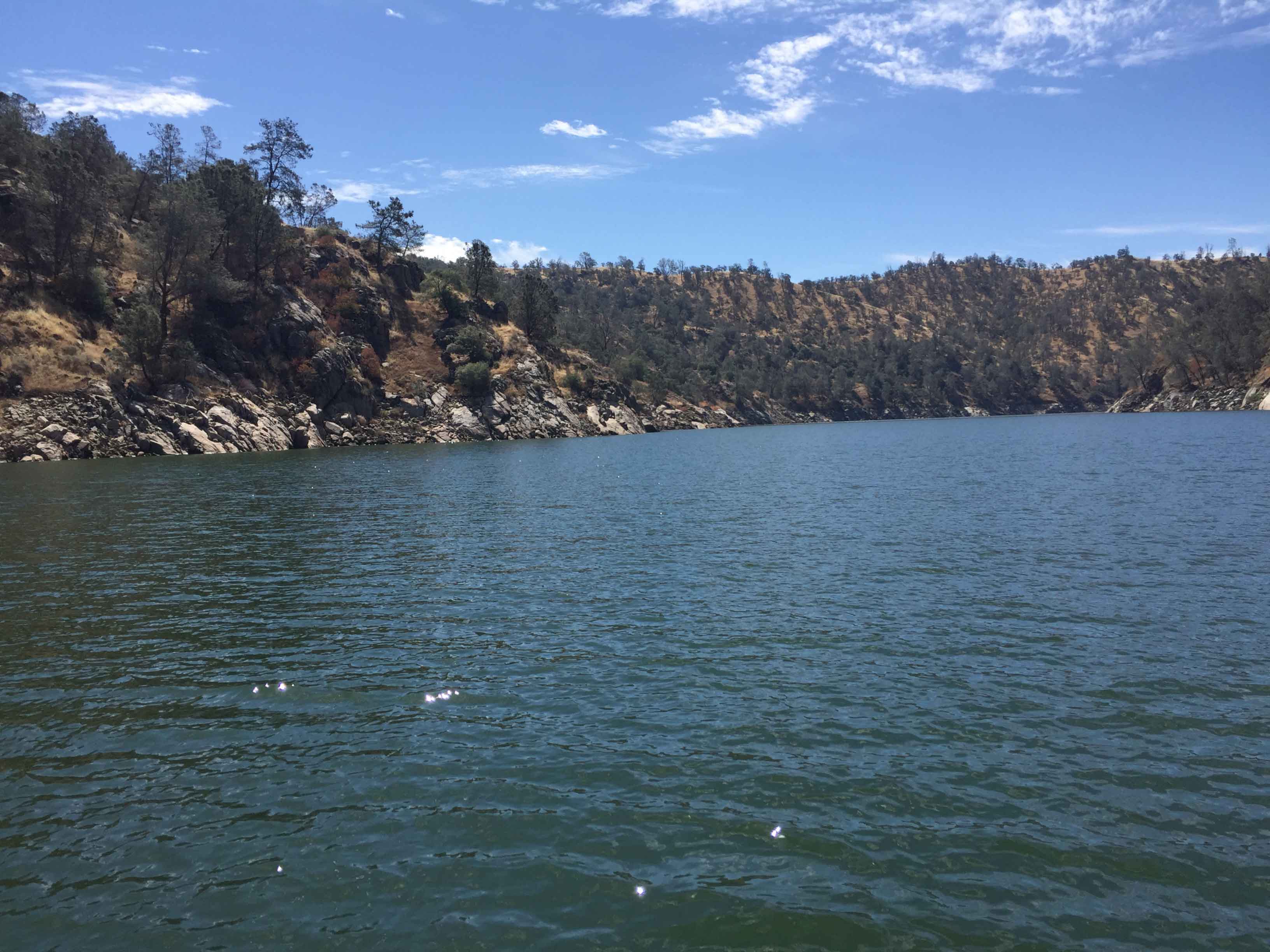What is the cost of getting water storage in California? Funding requests to the California Water Commission’s Water Storage Investment Program (WSIP) suggest the bill is a little over $5.7 billion. With that in mind, the applicants requesting these dollars are all competing for their slice of the $2.7 billion pie that makes up the WSIP portion of the California Prop 1B Water Bond. With 12 different projects on the table, the members of the California Water Commission reviewed applications to determine basic eligibility. Following this action at last month’s board meeting 11 projects now remain.
Among the remaining projects are Sites Reservoir and Temperance Flat Reservoir. These two large aboveground storage projects were identified early by project proponents to provide benefits to the public, environment and notably additional water to California’s farmers.
Sites requesting roughly $1.6 billion dollars, will hold 1.8 million acre-feet off stream from the Sacramento River, an area that has been considered for off stream storage since the 1950’s. Of this amount, roughly 500,000 acre-feet will be produced for the purpose of it to be released into California’s water system. With Temperance Flat Reservoir requesting funds just over $1.3 billion dollars, the project proponents identify that the dam and reservoir project, to be located in the back part of Millerton Lake, would produce nearly 1.26 million acre-feet of storage. The additional storage of Temperance Flat Reservoir has seemed increasingly valuable over the course of this year as Central Valley residents witnessed 2.5 million acre-feet in emergency releases rush down the San Joaquin River, much of the water going unneeded and ultimately drained to the ocean.

So what are the next steps? Now that applications, including hundreds of pages of complex climate change modeling, are sitting with the California Water Commission, the real work now begins. Commission staff will comb over applications and will determine each project’s public benefit ratio which will play a large role in early funding decisions, which are anticipated to be made in June of 2018. Much of the WSIP process is built around a structured process. It is anticipated that these calculations will bring Sites and Temperance to the top of the applicant list due to their size, scale and large amount of public benefits. However, as much as we would like to rely on the outcomes of these scorings and calculations it is incredibly important to understand that at the end of the day the nine member California Water Commission have the powerful ability to exert “discretionary authority,” meaning the work produced by commission staff is only taken into consideration when funding decisions occur, and will not be the sole basis of funding allocations.
It is exciting to see movement on securing large aboveground storage projects in California. This effort is a long road and the California Prop 1B Water Bond is not the only stop. Talks of at least another two water bonds have begun, with likelihood of appearing on the upcoming ballot. Throughout the WSIP process and now with talks of the state voting on spending more tax payer dollars on additional water bonds, the message remains loud and clear… California’s water system is broken and investments in storage is being demanded by not only the agriculture but the public as well.











